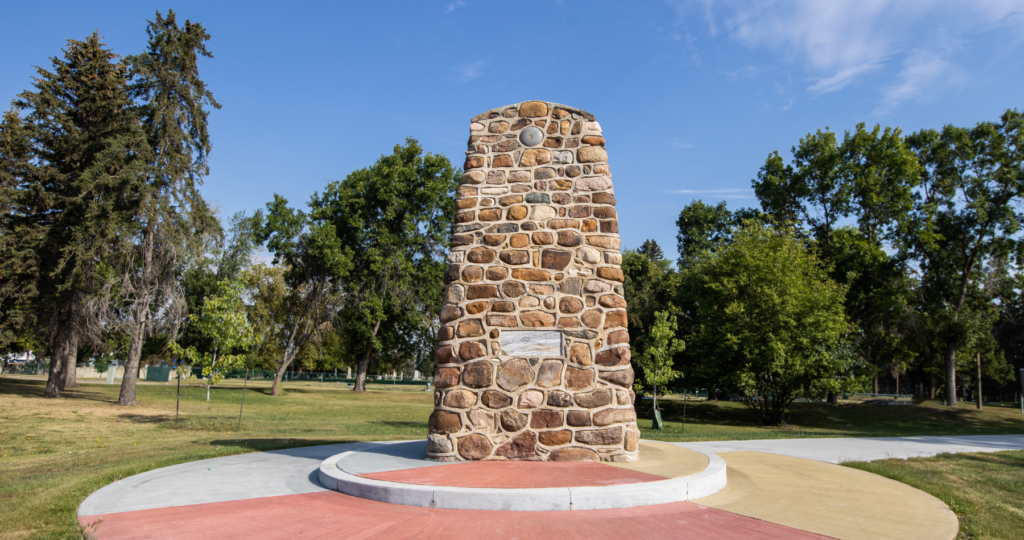Post Category : Local Archaeology Women in Archaeology
Thanadelthur
The next woman we draw attention to is Thanadelthur, whose skills and guidance were essential to establishing a peace treaty between the Dene and the Cree. This, in turn, allowed the Hudson’s Bay Company (HBC) to expand further north, and bring trade to the Dene.

Thanadelthur was a Chipewyan Dene, born in the late 17th century, at a time when hostilities between the Dene and Cree were increasing, in part due to the trade relations the Cree had with the HBC. Their relationship with the HBC gave the Cree advantages in some ways, such as in technology through the use of fire arms. In 1713, Thanadelthur’s party was attacked by the Cree, and Thanadelthur and a few others were captured. After about a year she was able to escape with another Chipewyan woman, but only Thanadelthur survived. During her escape she came upon the HBC York Factory Post, which was governed by James Knight at the time.
Her time with the Cree allowed her to see advantages of trade with the HBC that would help her people, and so she told James Knight about the fur and metal resources the Dene had. Generally, the Dene avoided trade with the HBC because of fear of the Cree. James Knight enlisted Thanadelthur’s help as a translator in order to bring the Dene and Cree to agree to peace. Thanadelthur, a man named William Stuart, and 150 Cree left to find the Dene in June 1715. After experiencing harsh conditions, she left her group to seek her people alone, returning with 100 Dene only 10 days later. Through mediation and even some scolding, she helped guide the two groups to peace. Thanadelthur returned to York Factory with the Cree and 10 Dene members on May 7, 1716. Sadly, she passed away from fever on Feb. 5, 1717 before she could return home to the Dene, as she planned to do the following year.
Thanadelthur’s story survived through the oral history of the Dene and through records. The fact that she, an aboriginal woman, was recorded in the HBC records is a rare occurrence and helped preserve her story, particularly the dates of her journey and her death. She was not referred to as Thanadelthur, but as “Slave Woman”, or “Slave Woman Joan” (“Slave” being another name for Dene). In the Dene oral histories, she is referred to as the grandmother who brought Dene and Cree together.



